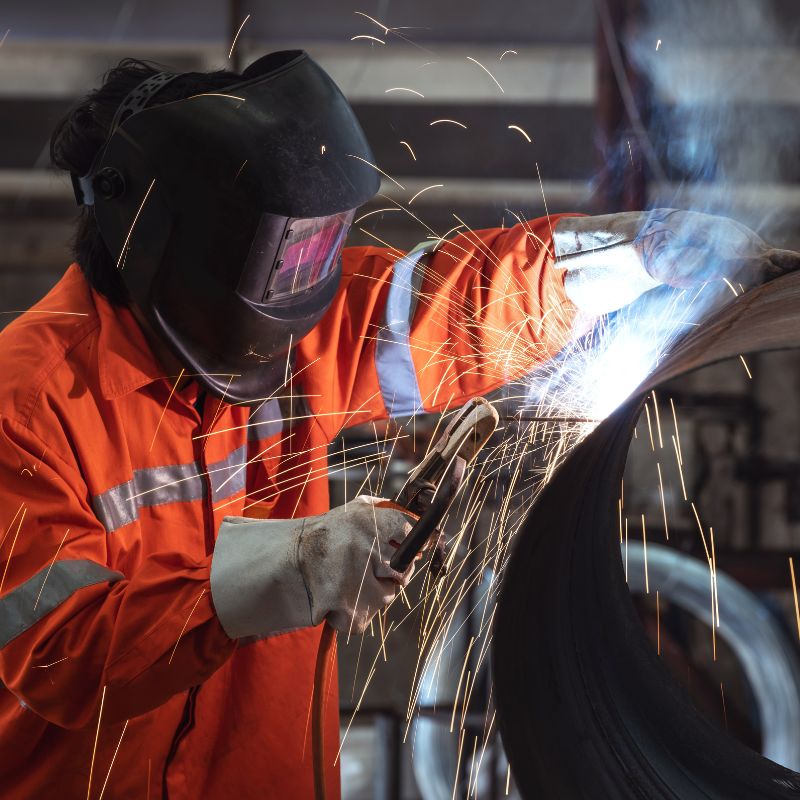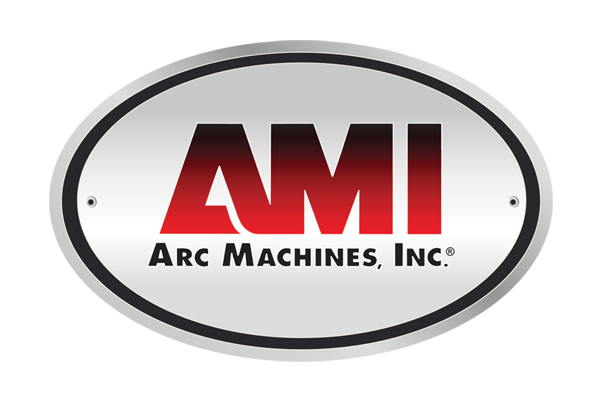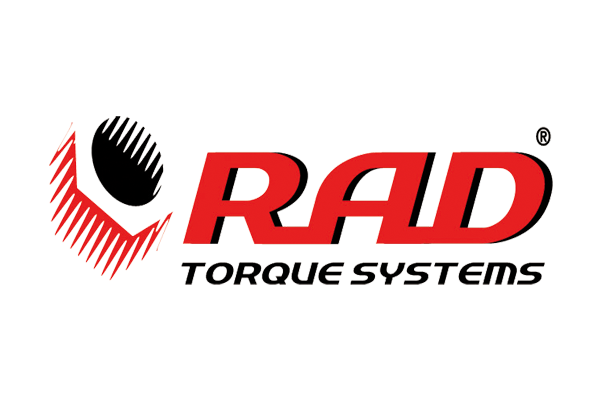What’s Better: Walking the Cup or Freehand Welding?
In welding, two main techniques stand out for their ability to create precise, high-quality welds: walking the cup and freehand welding. Each method has its benefits and detractors, and both offer unique advantages depending on the welding scenario. Walking the cup, often preferred for its stability and consistency, involves resting the torch’s cup on the work surface and guiding it along the weld path. On the other hand, freehand welding, lauded for its flexibility and control in tight or complex spaces, requires the welder to hold the torch without support from the work surface.
Let’s look at what’s better: walking the cup or freehand welding.
Precision and Consistency
Walking the cup takes the lead when it comes to precision and consistency. With the torch’s cup resting on the work surface, it becomes easier for the welder to maintain a consistent arc length, resulting in uniform welds. This technique is particularly useful when working with thicker materials or welding long seams. The cup also guides, ensuring the torch stays on track and produces a straight weld bead. Freehand welding, while still capable of producing precise welds, requires more skill and control to maintain consistency.
Speed and Efficiency
Regarding speed and efficiency, freehand welding has the upper hand. Without the limitation of having to rest the cup on the work surface, the welder can move freely and quickly to complete the weld. This technique is beneficial for welding in tight or complex spaces where it may be challenging to maneuver with a cup. However, this does not mean that walking the cup is slow and inefficient; with practice, a skilled welder can achieve high speeds and efficiency using this method.
Comfort and Fatigue
Walking the cup is generally considered more comfortable and less fatiguing for welders. With the torch’s weight resting on the work surface, the welder’s arms and hands experience less strain and fatigue. This resting can be especially beneficial when working on longer welding projects or in physically demanding environments. On the other hand, freehand welding requires the welder to hold the torch for extended periods, which can lead to more fatigue and discomfort.
Versatility and Adaptability
When it comes to versatility and adaptability, freehand welding comes out on top. As mentioned, this technique allows welders to maneuver in tight or complex spaces, making it a preferred method for welding in unconventional positions or angles. With no cup restricting movement, freehand welding also allows for greater flexibility in producing different weld shapes and patterns. However, walking the cup may be more suitable when working with thicker materials or welding long seams that require consistent and uniform welds.
There is no one-size-fits-all answer to which welding technique is better. Both walking the cup and freehand welding have advantages, and the choice depends on the welding scenario’s specific requirements and the welder’s skill level. It is essential to understand both techniques and their strengths to determine which method will yield the best results for each welding project. Ultimately, it may be beneficial for a welder to be proficient in walking the cup and freehand welding to remain versatile and adaptable in any welding situation.
If you need an automated pipe spool welding machine to help you make precise and consistent welds, SEC Industrial can provide you with the ideal solution. Contact us today to learn more about our welding equipment and services.









